0 Comments
|
About Us
Ridge to Reef Farm serves the US Virgin Islands with certified organic produce grown with sustainable permaculture practices (and a lot of love). Archives
June 2018
|
|
All Content Copyright 2023-2024
PO Box 2903 #1 Ridge to Reef Farm Rd, Frederiksted, St. Croix, USVI 00840 www.ridge2reef.org Contact: [email protected] 340.473.1557 |
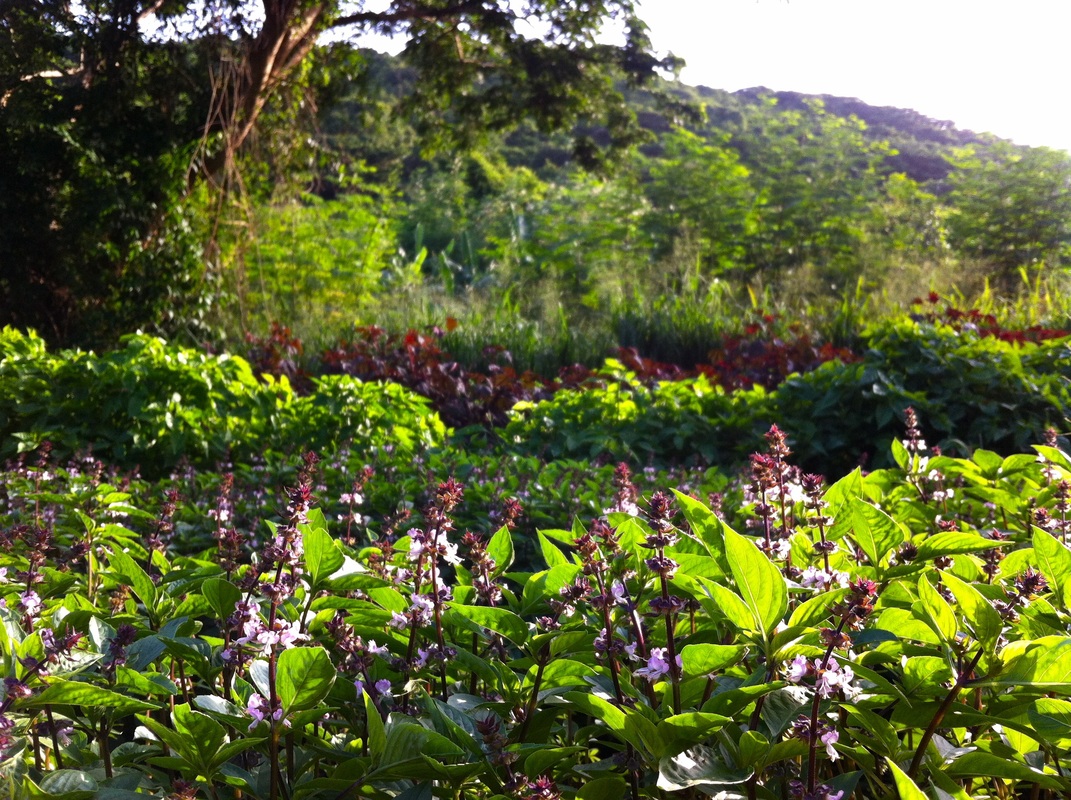
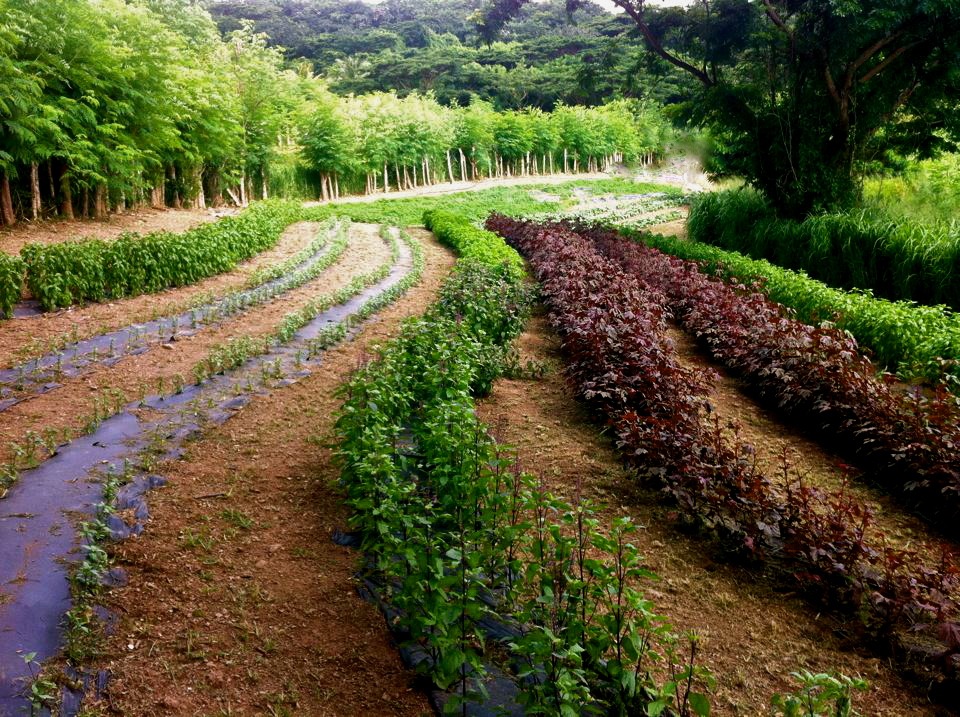
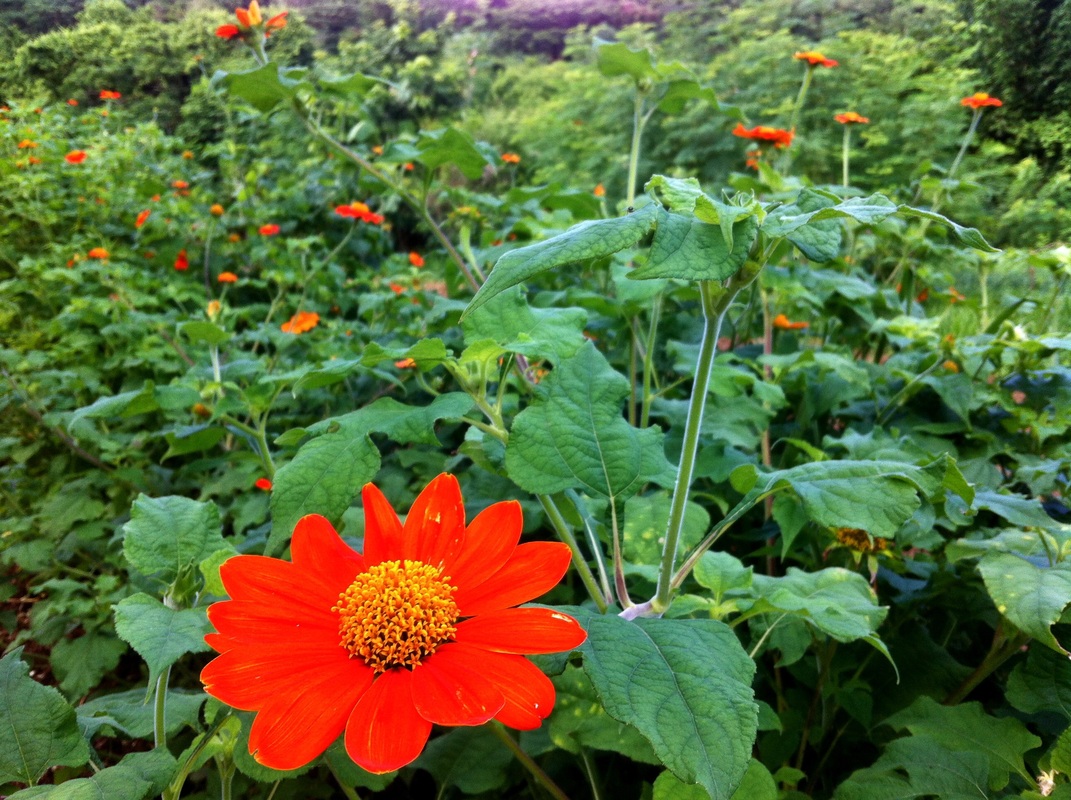

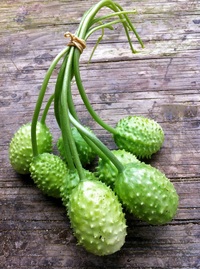

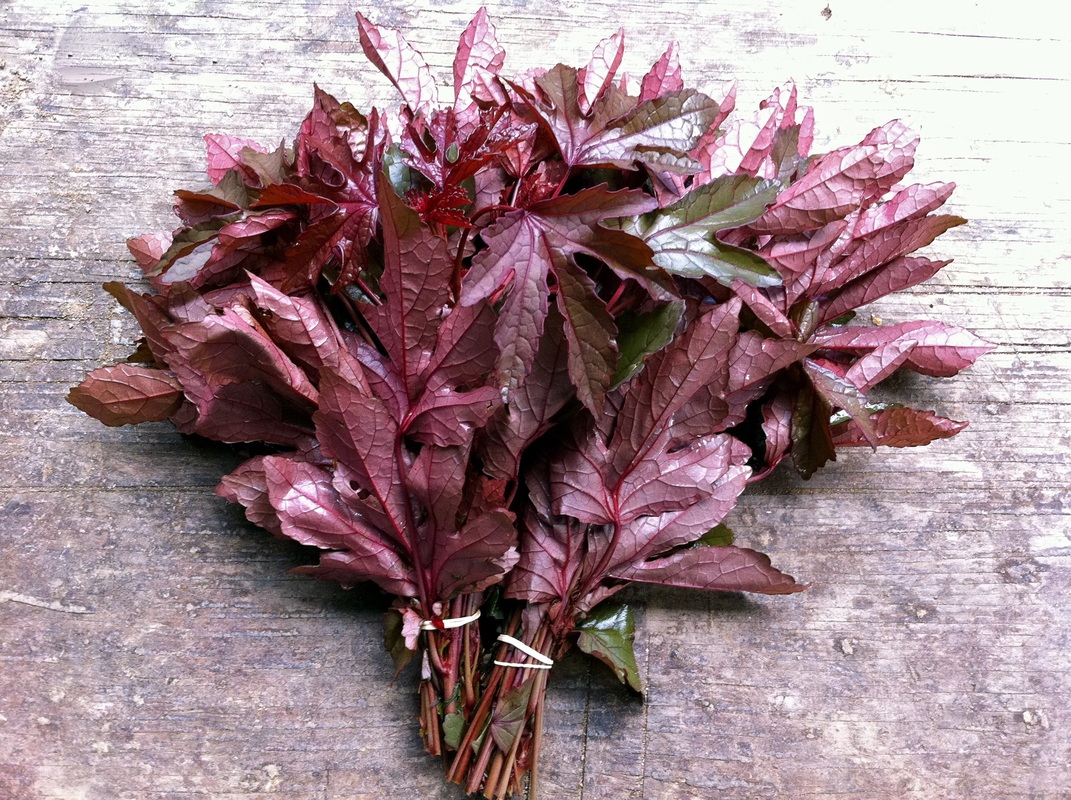
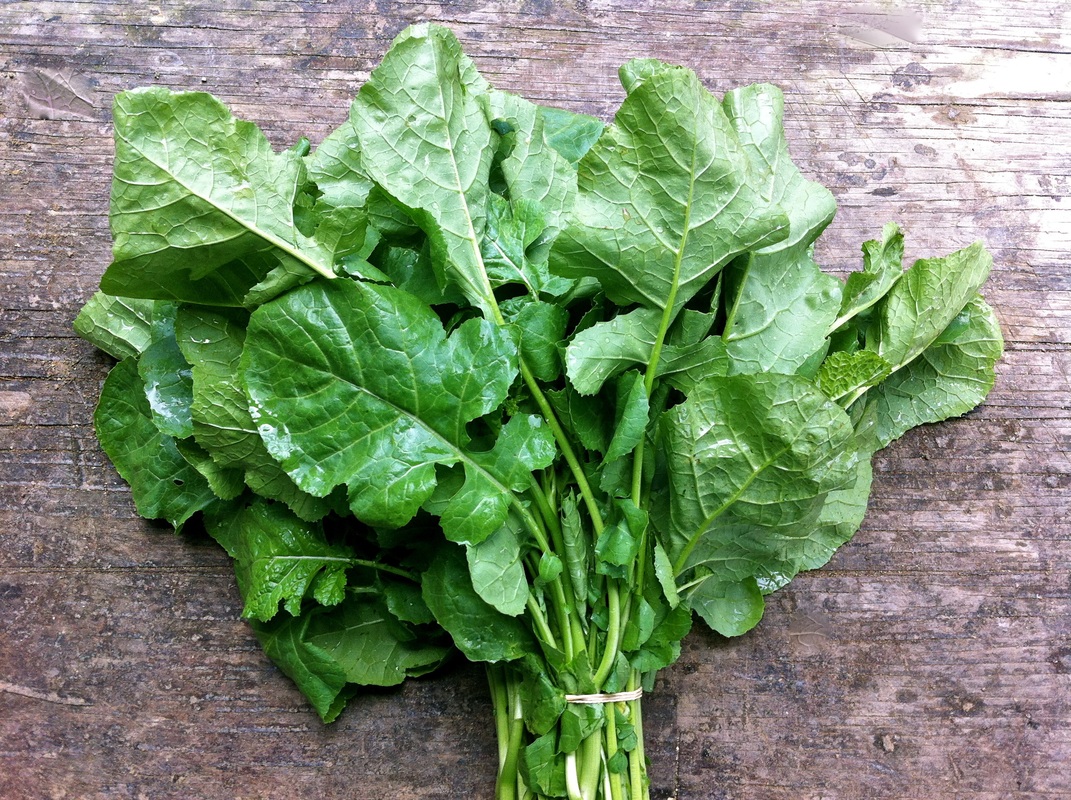
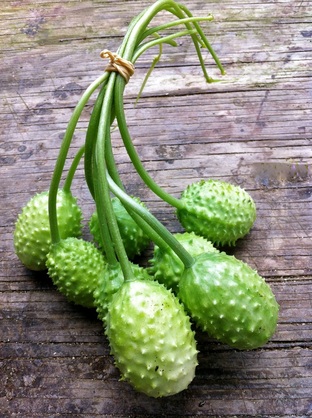
 RSS Feed
RSS Feed
